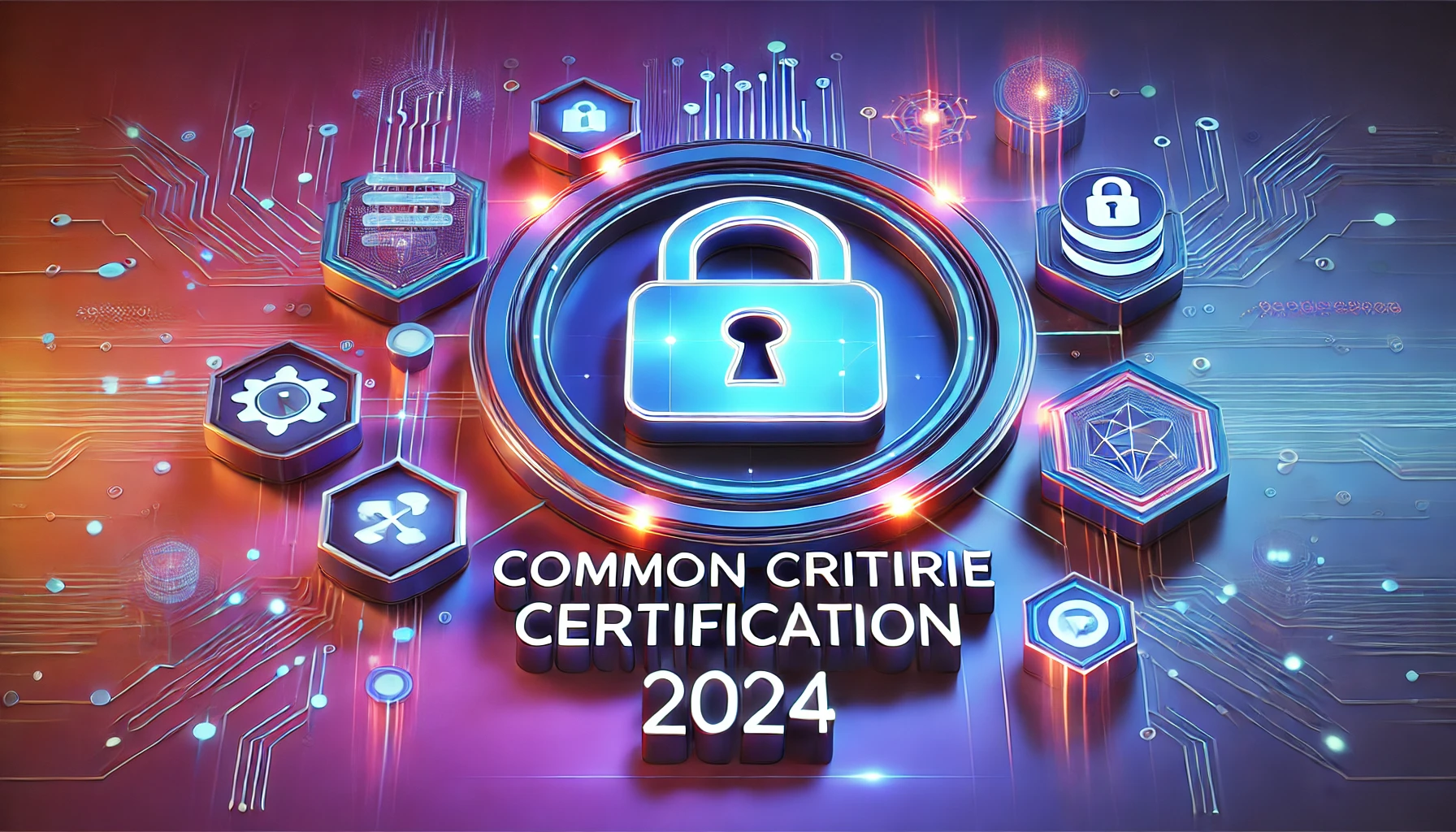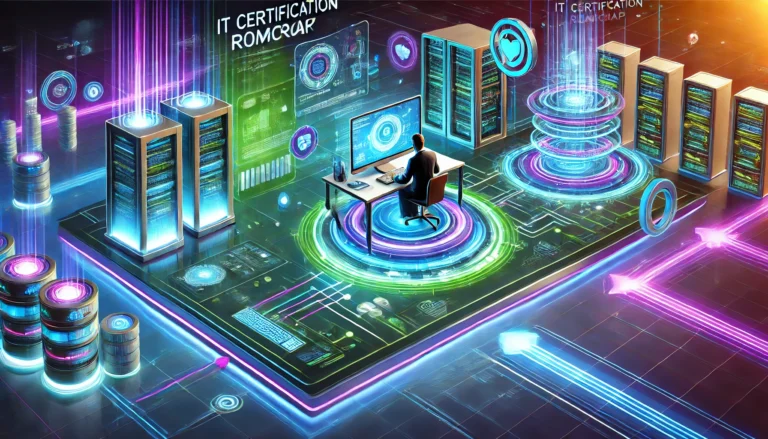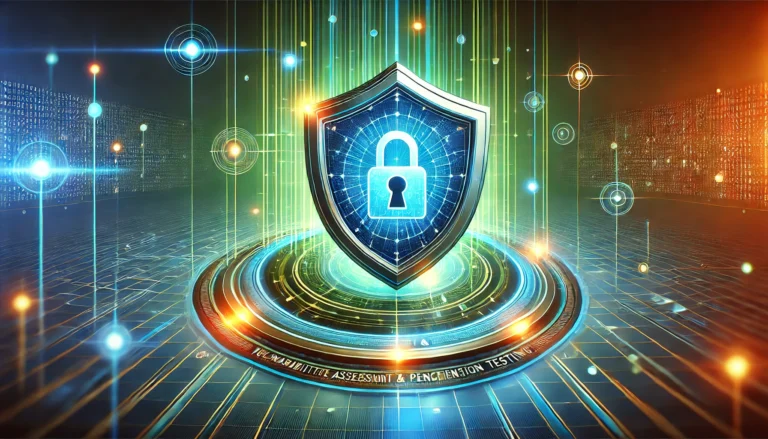Common Criteria Certification: The Ultimate Guide to Cybersecurity Standards for 2025

In a world where cybersecurity threats are evolving at lightning speed, ensuring that IT products meet strict security standards is critical. Enter Common Criteria (CC) Certification, a globally recognized framework designed to evaluate the security and reliability of IT products and systems. Let’s dive into what it is, why it matters, and how it’s shaping cybersecurity trends in Tier 1 countries like the USA, UK, and beyond.
What is Common Criteria Certification?
The Common Criteria for Information Technology Security Evaluation (commonly known as Common Criteria or CC) is an international standard (ISO/IEC 15408). It sets the benchmark for evaluating and certifying the security of IT products. Governments, businesses, and consumers in Tier 1 countries heavily rely on it to ensure that software and hardware are trustworthy and secure.
Under this certification, products are evaluated based on their functionality, development environment, and assurance level. This process helps identify vulnerabilities and ensures that the product meets the security requirements it claims to provide.
How Does Common Criteria Certification Work?
The certification process involves the following steps:
- Evaluation by an Independent Laboratory
A product is submitted to an accredited third-party laboratory. These labs rigorously test the product against predefined security requirements. - Establishment of Protection Profiles (PPs)
A Protection Profile outlines the specific security needs of a particular product category (e.g., firewalls, smart cards). This serves as the evaluation benchmark. - Security Target Definition
The vendor defines the product’s specific security claims in the Security Target (ST) document. These claims are verified during testing. - Assigning an Evaluation Assurance Level (EAL)
Products are rated on a scale from EAL1 to EAL7, with EAL7 representing the highest assurance level.- EAL1-EAL4: Suitable for commercial products.
- EAL5-EAL7: Typically used for high-security environments, like military or government systems.
- Certification and Maintenance
Once a product passes the evaluation, it receives certification, which is valid for a specified period. Vendors can opt for ongoing assessments to ensure compliance with emerging threats.
Why is Common Criteria Certification Important?
- Global Acceptance
With over 30 participating countries (including the USA, UK, Canada, Germany, and Japan), CC certification ensures products are trusted across borders. This is particularly crucial for Tier 1 markets, where stringent security compliance is mandatory. - Boosts Consumer Confidence
CC certification signals that a product has undergone extensive security testing, making it more appealing to businesses and end-users. - Mandatory for Government Contracts
Many Tier 1 countries require CC-certified products for government use. For example, the U.S. National Security Agency (NSA) mandates CC certification for products handling classified information. - Aligns with Emerging Regulations
With increasing cybersecurity regulations, such as the UK Cybersecurity Strategy 2022-2030 and NIST guidelines in the USA, CC certification positions companies to meet compliance requirements.
Current Trends in Common Criteria Certification (2024)
- Focus on Cloud Security
With the shift to cloud-based systems, CC certification is increasingly being applied to cloud services and platforms. Products evaluated under the Cloud Security Protection Profiles (CSPP) are gaining traction in Tier 1 countries. - Zero-Trust Architecture
The rise of zero-trust models in cybersecurity has led to a growing demand for CC-certified products that support robust identity and access management. - IoT Device Certification
As the Internet of Things (IoT) continues to expand, ensuring the security of connected devices has become a priority. CC certification is being tailored to meet IoT-specific requirements. - Artificial Intelligence (AI) and Machine Learning (ML)
The application of AI in cybersecurity introduces new vulnerabilities. In 2024, efforts are underway to evaluate AI-powered security solutions under CC certification. - Cyber Supply Chain Security
Governments and businesses are prioritizing supply chain security. Products with CC certification are seen as critical components for safeguarding supply chain networks.
How to Get Common Criteria Certified?
- Engage with a Certification Body
Vendors must collaborate with a Common Criteria Recognition Arrangement (CCRA)-authorized body in a participating country. - Prepare Documentation
Develop detailed documentation, including the Security Target (ST) and technical design specifications. - Choose an Accredited Lab
Submit your product to an independent lab for testing. Labs in the USA, UK, and Canada are well-equipped for rigorous evaluations. - Timeframe and Cost
The process can take anywhere from 6 to 24 months and may cost between $50,000 to $1 million, depending on the product’s complexity.
Conclusion: Why Tier 1 Countries Embrace Common Criteria
For Tier 1 countries like the USA and UK, Common Criteria certification is more than a compliance standard—it’s a cornerstone of national security and business competitiveness. By certifying products against CC standards, organizations can mitigate risks, enhance trust, and stay ahead in an ever-evolving cybersecurity landscape.
FAQs about Common Criteria Certification
Q1: Is Common Criteria Certification mandatory?
In many cases, yes. For instance, U.S. federal agencies require CC-certified products for sensitive systems.
Q2: How long is CC certification valid?
Typically, it lasts for 2-3 years, but regular updates may be required to maintain compliance.
Q3: Can startups benefit from CC certification?
Absolutely! Certification not only enhances market credibility but also opens doors to high-value contracts in Tier 1 countries.
By staying informed about trends and leveraging Common Criteria certification, organizations can secure their products and build customer confidence in today’s digital-first world.
4o


